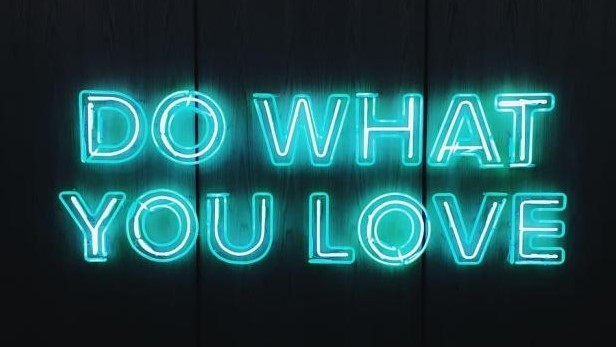Positive psychologist Mihaly Csikszentmihalyi has been researching flow since the 1970s. He describes flow as a state of complete immersion, where “the ego falls away. Time flies. Every action, movement, and thought follows inevitably from the previous one, like playing jazz. Your whole being is involved, and you’re using your skills to the utmost.” [Geirland J. Wired. Go with the flow.]
When I first learned about the concept of flow, I knew the feeling. But I had to think about the circumstances that would allow me to enter the flow state. I spent a lot of time thinking about my day-to-day activities, both in the office and at home. I tracked my engagement in and the energy that I took from these activities. Soon, some patterns started to emerge.
For me, flow comes when I am working on solving a challenging problem with many “right” alternatives. When I am leading a group, and when I can lead from both the front and back. When I can inject creativity, that allows me and others to see and solve problems from different perspectives. When I am working with a team, helping others realize their potential, and being able to move about (I don’t find flow sitting at a computer or spending all day in meetings).
On the opposite spectrum, I also find flow in rhythmic, repetitive actions such as cooking, chopping vegetables, running / biking, painting, or grooming a horse. I need to be challenged, but I also need to feel confident that my skills are up for the challenge. I don’t want to be or have to be the most experienced person in the room. I tend to achieve flow when I am learning and growing in an activity that I am working on with other people or leading people in.
By defining my drivers of flow, I can be more intentional about creating opportunities to find and realize flow. I know that if days or – gasp – weeks go by without finding flow, my energy will be depleted, and I will be less engaged in all parts of my life.
How can you introduce more flow into your life?
- Look for patterns of engagement and energy. What activities bring you into a state of flow? Can you do more of that? Can you bring elements of joy from outside of work into your work life?
- Determine your most energetic time of day. Are you a morning person or a night person? Are there times when your creativity is flowing?
- Break up the monotony. Recognize that we all have activities that have to get done and won’t ever put us into flow. Can you stack meetings together to reduce “time confetti” and free up time for flow? Can you be more deliberate to ensure that you are injecting energy into your day?
A state of flow is the recharge that our batteries need. It’s not just a “nice to have” but is critical for motivation, engagement, and realizing love for what we are doing. What do you love to do?
Ready to take that next step and unlock your full potential?
Schedule a complimentary discovery call with me today and begin your journey.
